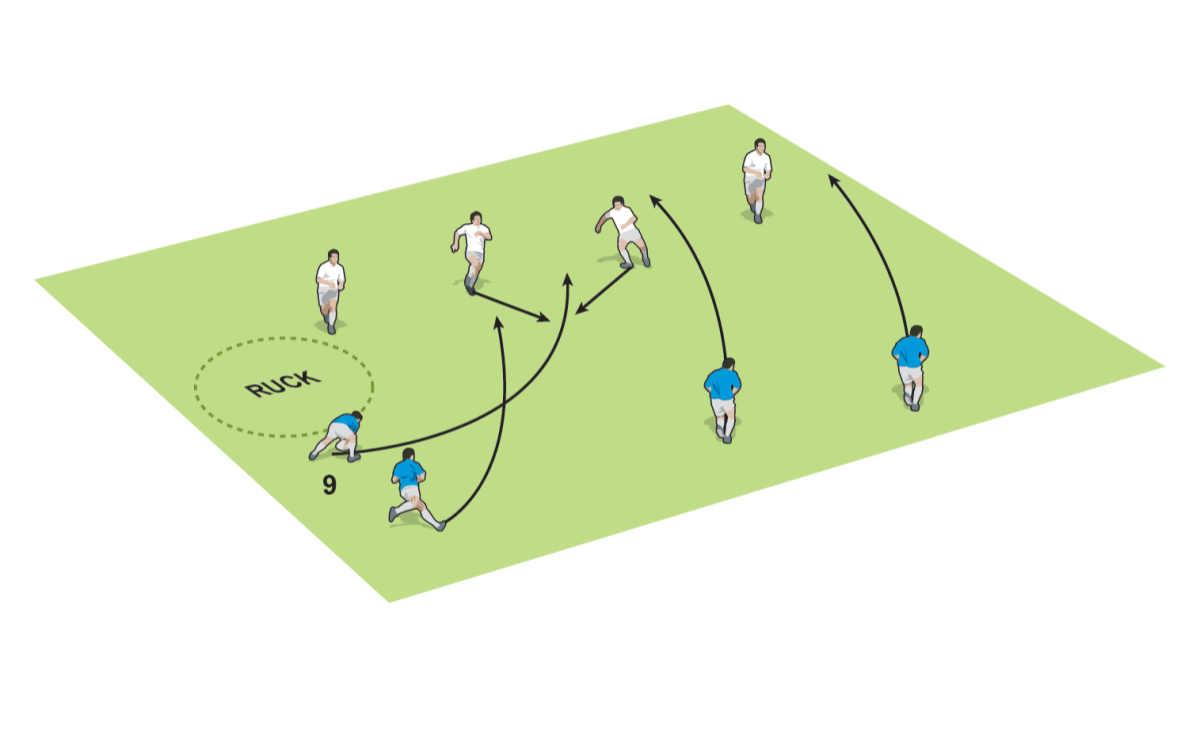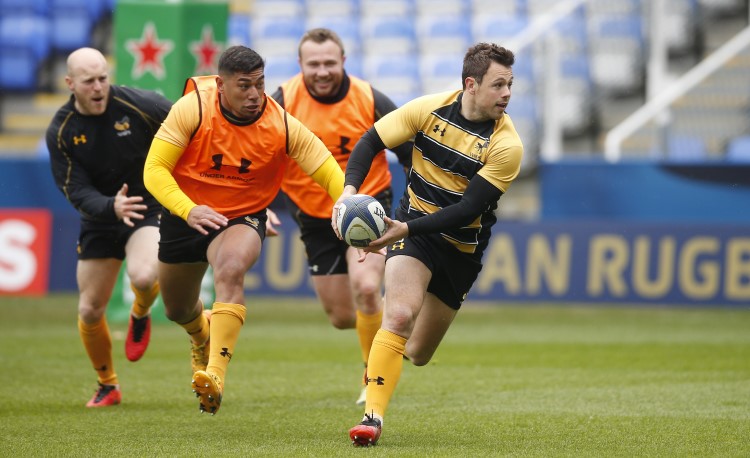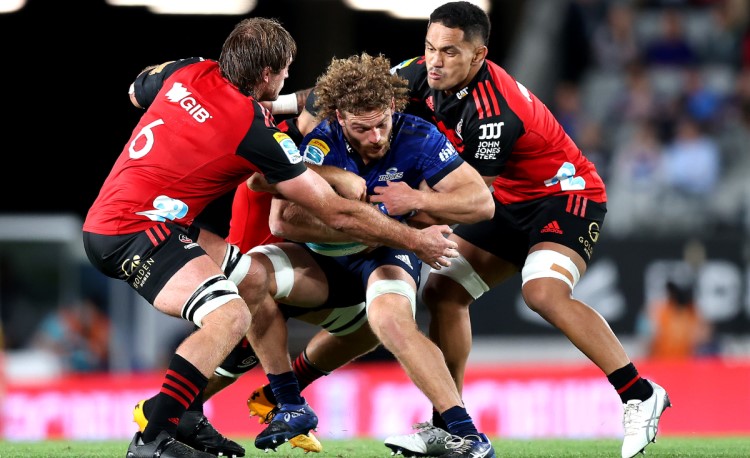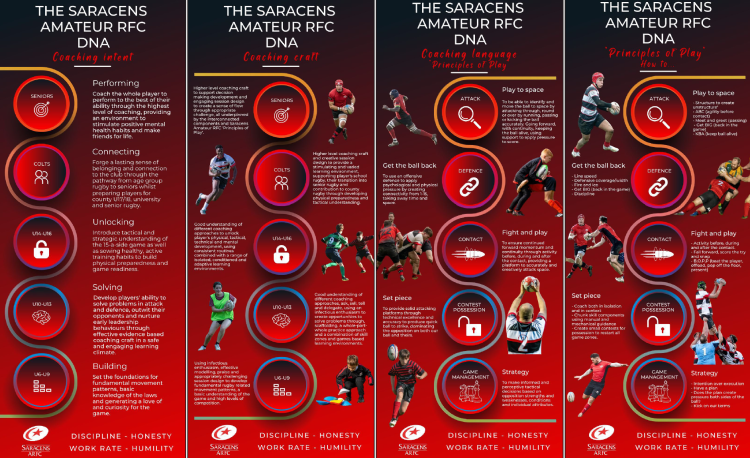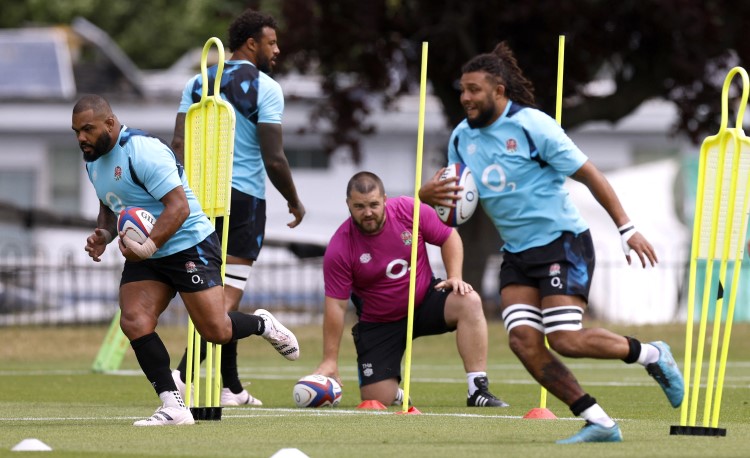You are viewing
1 of your 2 free articles
Bounce out: how a 9 attacks from the ruck
This is the action of a scrum-half running away from a breakdown. Here is how it works and how to practise it. By Wales under-20s coach RICHARD WHIFFIN.
Teams usually expect or like their scrum-half to move the ball away from the breakdown as quickly as possible.
However, if a team has a quick or powerful 9, who is a running threat, it can be a good attacking weapon for them to run away from the breakdown and ’bounce out’, to try to attack the opposition’s second or third defender.
This will make the defence turn their shoulders in and so create a seam to attack on the outside.
Most defensive systems want their defenders around the ruck to stay in place and come forward – so, as the 9 runs, they will turn in towards them.
Skills – the scrum half
- It’s important that the 9 runs an arc and squares up their running line to go forward and engage the defence.
- The initial movement sideways can start to drag the defence out of position and create weak points or holes in the defence. However, if the running line is too lateral, the opposition defence can keep coming forward, so the run will take time and space away from the attack.
Skills – support roles
- Attackers need to adjust their running lines off the 9 and attempt to run through holes in the defensive line.
- As the 9 engages the defence, the attacking players around them must read the cues being given off by the defensive players and adjust their running lines accordingly.
- If the defenders around the ruck turn their shoulders in towards the running 9, then holes will be available on their outside shoulders. If the defence stays in place, space will open up for the 9 to attack the holes around them.
’bounce out’ training game
Here’s a good skill game to practise this tactic for the 9, the attackers around them and the defence adjusting to a running 9 threat.
- Set up a ruck with cones, spreading out defenders and attackers, as shown in the illustration below.
- Encourage the 9 to run a wide arc, to attack outside the second defender and inside the third defender. Attackers then need to adjust their running lines and react to how the defence responds to the running 9.
- Start with giving the 9 just two options – running and passing outside to the attackers on their outside – then build the game up with inside pass options to the player behind the 9 and individual running options through the line.
- Condition the defence to react in a certain way – for example, turning in and giving space on outside shoulders. If the attackers react well to this, allow the defence to practise and defend as they would in a game.
- Build the game up by making a tackle a two-handed touch around the waist, bringing an offload option from the 9 into play.
- To progress the game, add a second line of defence, to practise finishing line breaks off the back of the running 9. Or, add a 10, who stands behind the forwards as a wide option if the defence continually turn in.
- From a dummy ruck, the 9 runs out at the second and third defender
- The defenders come forward
- If the defenders turn their shoulders inwards, the 9 passes out
- The attackers time their runs off the 9
Related Files
Newsletter Sign Up
Coaches Testimonials

Gerald Kearney, Downtown Las Vegas Soccer Club

Paul Butler, Florida, USA

Rick Shields, Springboro, USA

Tony Green, Pierrefonds Titans, Quebec, Canada
Subscribe Today
Be a more effective, more successful rugby coach
In a recent survey 89% of subscribers said Rugby Coach Weekly makes them more confident, 91% said Rugby Coach Weekly makes them a more effective coach and 93% said Rugby Coach Weekly makes them more inspired.
Get Weekly Inspiration
All the latest techniques and approaches
Rugby Coach Weekly offers proven and easy to use rugby drills, coaching sessions, practice plans, small-sided games, warm-ups, training tips and advice.
We've been at the cutting edge of rugby coaching since we launched in 2005, creating resources for the grassroots youth coach, following best practice from around the world and insights from the professional game.
